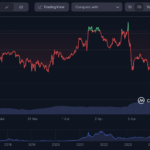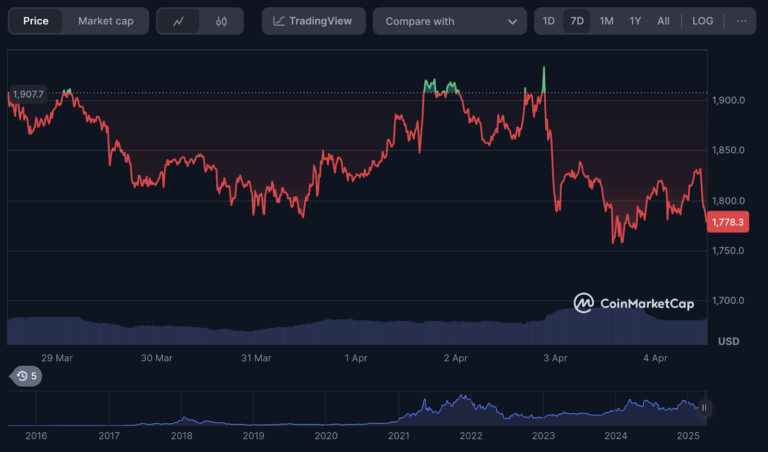Why do people leave organizations? Reasons often include dealing with bad management, finding a higher paid role elsewhere, or not seeing opportunities for promotion and growth. Workplace sexual harassment is rarely treated as an issue of retention, but it affects morale and career satisfaction at least as drastically as an issue like a difficult boss. Sexual harassment is one of the many ways workplaces are a hostile environment for women, pushing them out of organizations and sometimes entire industries. And sexual harassment clearly reflects the power structures that define our society. It exacts a high cost on all individuals and communities, but the price is disproportionately shouldered by women who can least afford it. Women of color and other marginalized women are among those hit hardest by a culture that for generations has turned a blind eye to the epidemic. Workplace sexual harassment comes with a steep cost: the cost of participation. A 2008 study by the American Psychological Association found a correlation between “work withdrawal” and the aftermath of sexual harassment for black women. And in a 2016 survey of the Chicago leisure and hospitality industry, where the majority of women are of color, 49 percent of housekeepers said a guest had answered the door naked or exposed themselves. The most damning result? Of those housekeepers, 56 percent said they did not feel safe returning to work after the incident. The system was failing these women. Formal report numbers were low, partly because the workers didn’t believe it would make a difference to tell their stories. In fact, 43 percent of respondents said they knew someone who had reported harassment and seen nothing change. Unfortunately, their fears are well-founded. Two-third of employees who spoke out against workplace mistreatment faced some sort of retaliation, according to a 2003 study cited by the U.S. Equal Employment Opportunity Commission. And although times are changing, they might not be changing for women in certain workplaces just yet. The outpouring of recent allegations of sexual harassment and subsequent consequences for some perpetrators have prompted many to say we’re in the middle of a turning point in how sexual harassment is dealt with. This is true for some women, but not for all. When allegations against Harvey Weinstein and other powerful men turned Hollywood upside down, Jane Fonda pointed out the obvious: The women speaking out were being listened to because they were famous and white. Fatima Goss Graves, the CEO of the National Women’s Law Center, agreed, saying, “Class and race and stature play into whether someone is believed.” Ironically, the #MeToo movement was started a decade ago by black social activist Tarana Burke. It took Alyssa Milano, a white actress, using the hashtag for it to go viral – among other white women, at least. We’ve seen this before, such as in the racism of the suffragettes, FEMEN’s attempts to “liberate” Muslim women despite protests, and the exclusive nature of the Women’s March. When marginalized women, particularly women of color, need solidarity, their white sisters don’t often show up. We have seen this play out in the cases of black actresses like Lupita Nyong’o and Aurora Perrineau. The implication is clear: Yes, women who allege sexual harassment and other forms of abuse are to be believed – if they’re the right kind of woman. The majority of women don’t fit that criteria, and those who live and work at the intersections of marginalization – whether due to race, religion or disability – are often hardest hit by harassment. Unfortunately, they’re also the least supported. The eventual outcome is dismal. For women who are not famous, wealthy or otherwise influential, socioeconomic, cultural and historical disadvantages compound to make it more likely that harassment will occur and less likely that it will be taken seriously. The history of sexual exploitation through slavery has created a culture where black women are more likely to be sexually harassed but less likely to be perceived as victims. They are therefore less likely to report, and the cycle continues. Socioeconomic status exacerbates this vulnerability; the majority (58 percent, as of 2013) of low-income families in the U.S. are a racial or ethnic minority. Low-income women of color often lack bargaining power, face language and financial barriers to accessing legal services, and in some cases, are not even aware of their rights. Undocumented workers also face unique additional challenges, as fears of retaliation or deportation may deter them from taking legal action. It is imperative to acknowledge that efforts to improve the lot of one group of women may only tangentially affect women in other groups. If we are truly interested in building a world where all women feel safe, supported and able to fully participate in their communities and workplaces, we must remember a rising tide does not lift every woman’s boat. We need to be proactive in our advocacy for low-wage women and women of color. We must ensure vulnerable women are provided adequate training, in the language they are most comfortable in, so they understand their rights. The more educated a workplace is, the less likely potential perpetrators will be to think they can get away with harassment. We need to find ways to support these women – legally, financially, emotionally – when action is taken. The #MeToo moment will be incomplete if it serves only the white, wealthy and otherwise privileged among us. Look around in your own workplace and make sure no woman is being overlooked. Failing to do so will not only affect the women as individuals, but will ultimately damage our workplaces, our communities and our societies. We will all be poorer for it.















